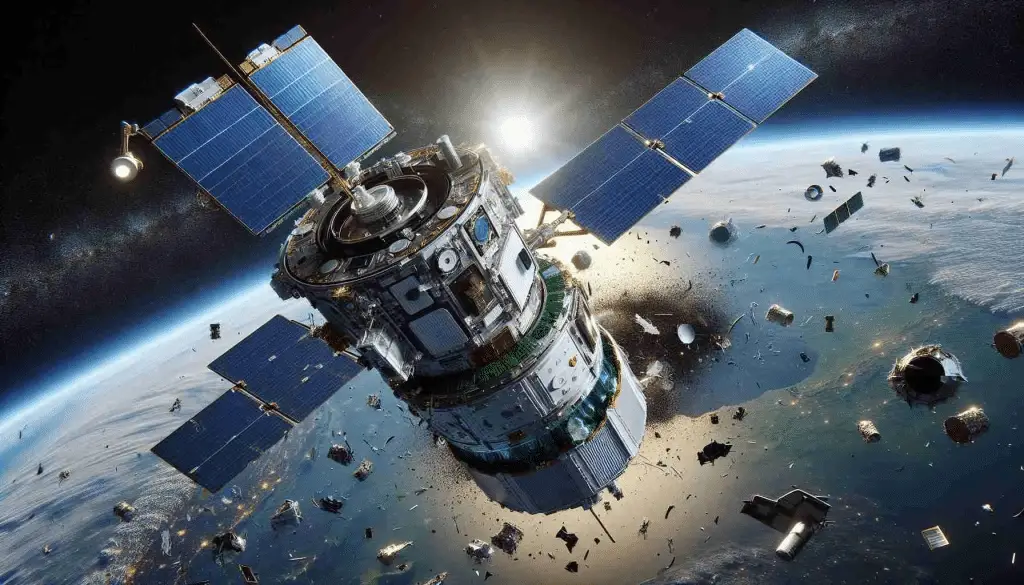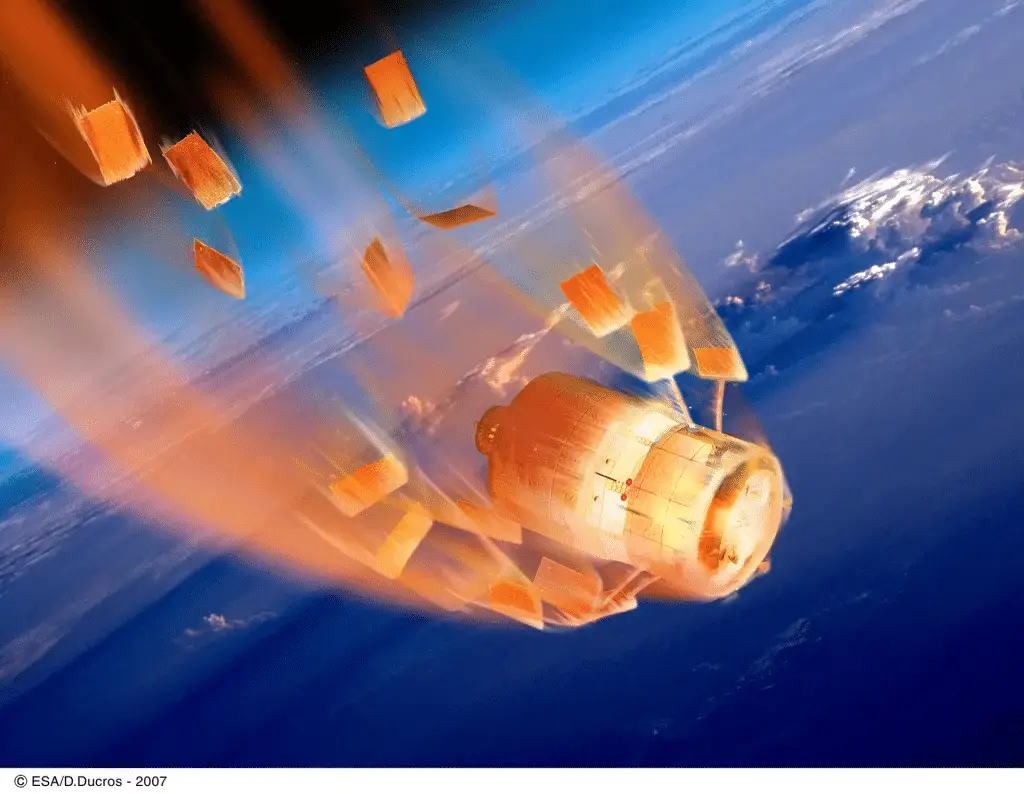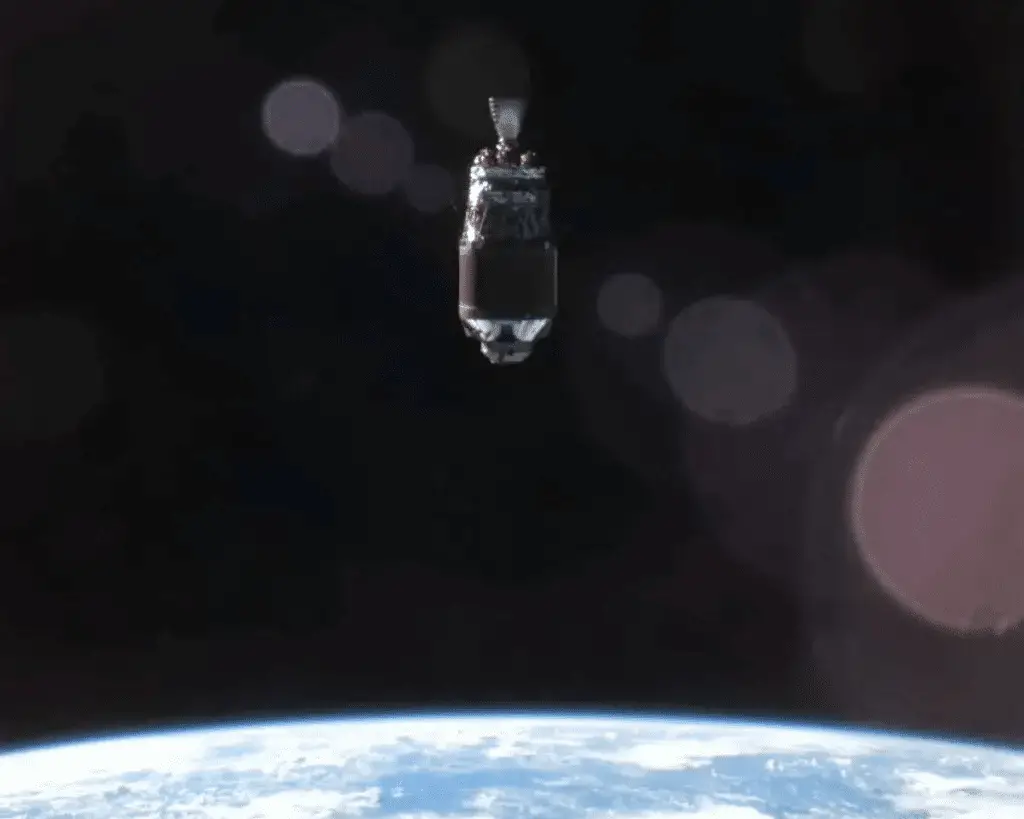In the vast and mysterious space surrounding our planet, there is a growing problem that threatens both space operations and the safety of active satellites: space debris. These fragments of old satellites, rocket stages and other space debris orbit Earth at incredible speeds, posing a significant threat to future space missions.
In this context, the mission Astroscale’s ADRAS-J emerges as a beacon of hope and innovation.
Astroscale, a private Japanese company, has launched the ADRAS-J (Active Debris Removal by Astroscale-Japan) satellite with the aim of address the space debris problem head-onwith the mission designed to demonstrate advanced debris removal technologiesapproaching and closely studying pieces of non-communicative and uncontrollable space debris
The History of ADRAS-J and the Goal of Space Debris Removal
The ADRAS-J satellite was launched on February 18, 2024 on board a rocket Rocket Lab’s Electronand after reaching orbit, the satellite began to maneuver precisely to approach its target: the upper stage of a Japanese H-2A rocketlaunched in 2009 to place an Earth observation satellite into orbit.
This 11-meter-long and 4-meter-wide upper stage is a typical example of the space debris that ADRAS-J was designed to study.
The mission reached a significant milestone on May 23, 2024when ADRAS-J captured close-up images of the H-2A rocket’s upper stage from a distance of just 50 meters, images that not only document the current state of the space debris, but also provide valuable data on structural condition of the rocket after years of exposure to the space environment.
One of the most innovative aspects of the ADRAS-J mission is its ability to perform Proximity and rendezvous operations (RPO) in a safe and controlled mannerdelicate operations that require extreme precision, since much space debris is not designed to be approached or handled.
During one of these operations, ADRAS-J he has demonstrated his ability to avoid collisions autonomously by maneuvering away from the debris when it detects an orientation anomaly.

The ADRAS-J mission is not only a technological demonstration, but also represents a step forward towards a future where the services in orbitsuch as satellite maintenance and debris removal, will become a reality.
Astroscale has ambitious plans for the future, including a next phase of the mission funded by theJapanese Space Agency (JAXA), which involves the removal and deorbiting of large pieces of space debris
The Space Debris Challenge
Space debris represents one of the most pressing challenges for the modern space industry, with the increasing number of satellites launched every year, Low Earth orbit is becoming increasingly congested.
This increase in space traffic brings a greater risk of collisions, which in turn generate more debris, creating a dangerous cycle known as Kessler’s syndrome.
Space debris can range in size from small paint chips to large decommissioned rocket stages, but even the smallest debristraveling at orbital speeds of about 28,000 km/h, can cause significant damage to operational satellites and space stations, so the management and removal of this debris is crucial to ensure the safety and sustainability of future space operations.
Astroscale’s ADRAS-J mission is a pioneering example of how advanced technology can be used to address the space debris problem, being equipped with a series of cutting-edge tools and technologies designed to perform rendezvous and proximity operations (RPO) with precision and safety.

One of the key instruments on board ADRAS-J is the camera-based navigation systemthis system uses a combination of optical and infrared cameras to detect and track the target space debris.
The captured images are then processed using advanced navigation algorithms, allowing the satellite to determine the location and orientation of the debris with great precision.
In addition to the above, ADRAS-J is equipped with low-thrust engines that allow delicate and controlled maneuvers, after all they are essential for carrying out operations to approach and move away from the debrisminimizing the risk of accidental collisions.
Proximity and rendezvous operations
The rendezvous and proximity operations (RPO) we talked about earlier are among the most complex and delicate in the field of space missionsas they require precise coordination and an in-depth understanding of the behavior of the target space debris.
During the ADRAS-J mission, the satellite demonstrated its ability to perform these operations successfully, approaching the target space debris at a distance of just 50 meters.
One of the main challenges of RPO operations is the management of anomalies, during one of the approach maneuvers, ADRAS-J detected an anomaly in the orientation of the debris and autonomously executed a departure maneuver to avoid a possible collision.
This level of autonomy is crucial to ensure safe operations in an unpredictable space environment.

The ADRAS-J mission represents just the first step Towards a future where active removal of space debris becomes common practice, as previously mentioned, Astroscale has already planned a next phase of the mission, which includes the capture and deorbiting of large pieces of space debris.
This next phase will be essential to demonstrate the feasibility of large-scale debris removal operations, and the ADRAS-J mission is helping to define the guidelines and regulations for in-orbit servicing operations.
Transparency and security are fundamental principles for Astroscalewhich is working closely with space agencies and governments to develop regulations that ensure safe and sustainable operations.
If you are attracted by science or technology, keep following us, so you don’t miss the latest news and updates from around the world!
#Space #Debris #ADRASJ #Leader #Steps #Remove

